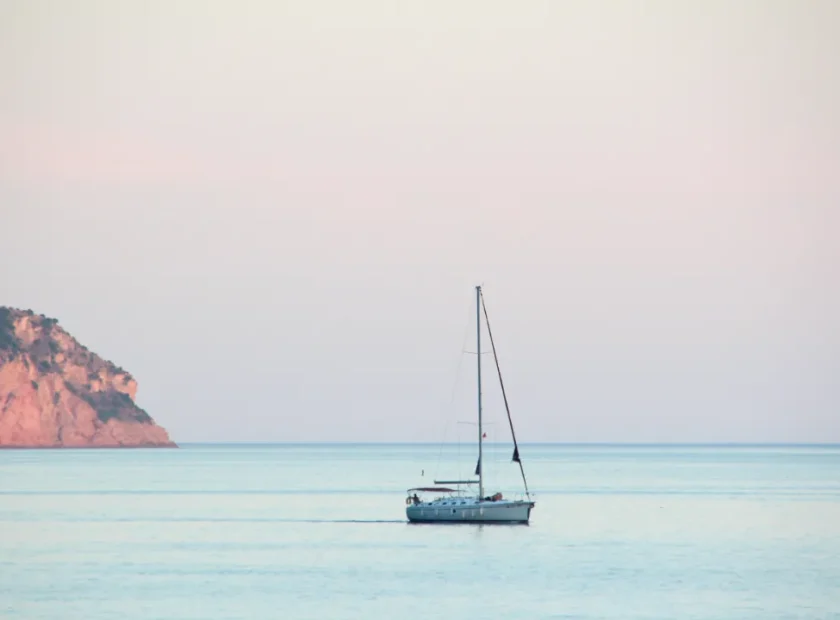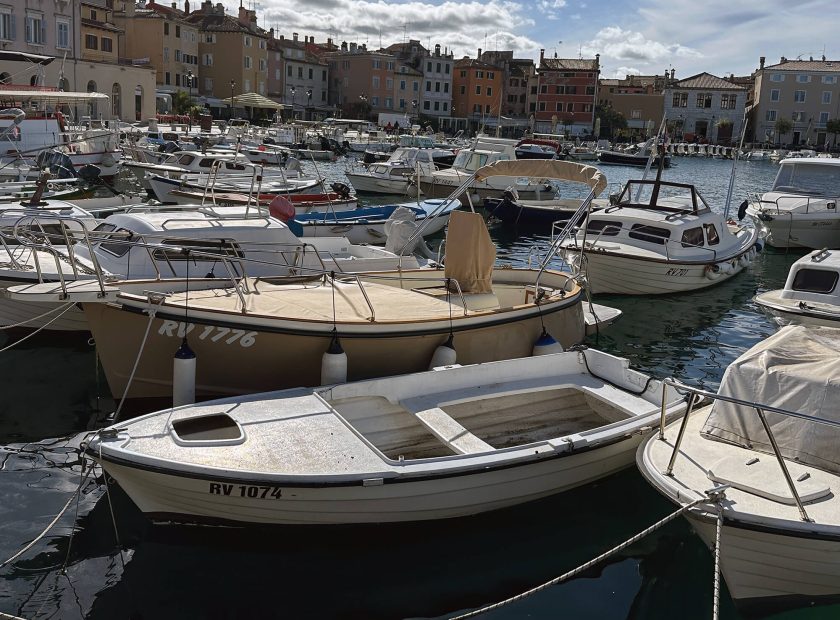What is Osmosis?
Osmosis is coursed by a chemical-physical reaction, that takes place during the migration of a solvent, in this case water, through a film separating two liquids with different salinity concentration.
What does this mean for boats?
First, water migrates through the boats laminate hull to create and then fill blisters; water will then start to solve every material it can: glass fibers, undercured resin, etc. At the end of this reaction, the new solution will attract more water through the gel-coat, so that the pressure inside the bubble will grow and expand. The reaction will continue as long as the boat is in the water; the blister that at the start of this reaction can start out very small measuring 3 to 4 millimeters in diameter, but they will increase in-size due to the inside osmotic pressure, with time and permanence in the water. Once this reaction is started, the osmotic process will continue without any possibility of stoping or slow down.
Osmosis is a ongoing problem which does not stop or reverse by itself unless the hull is kept out of the water; even then, and after months of being on the hard standing, the liquid may be present in the laminate and, due to the fiberglass’ permeability, it will move along the fibers. This is why, after a wile, bubbles appear smaller due to reabsorption. This reaction is sometimes unfairly used when selling a boat with osmosis, the boat will be kept ashore and sheltered for some time until the blisters are smothered because the liquid inside them has now spread over a larger area and also, the antifouling coating has become uneven thus hiding blisters and others defects.
The only way therefore to see if a boat, ashore for some time has osmosis, is to check the hull’s humidity with a moister meter and taking samples of antifouling coats. Care and attention must be exercised during these tests since humidity alone may not mean osmosis: for this to be present, bubbles must be liquid filled. Gel-coat osmosis blisters will be liquid filled while humidity absorbed by a hull is not an osmosis generated symptom.
Identifying Osmosis
The bubble should be round this is due to the internal osmotic pressure which is constant in all directions, the bubble will deform the gel-coat surface: the bubbles might also be located between different antifouling layers, while the underneath gel-coat is good after sanding. In this case it is an antifouling defect only, and there is some solvent or water between the plies.
This can happen when plies are painted too quickly so the paint dry dose not dry out completely, or when a ply wood is painted on a wet hull some humidity can be enough to course problems or when antifouling is not properly thinned. A simple but effective way to asses bubbles are with your nail: if it brakes easily this is more than likely just an antifouling defect, since it is impossible to break the gel-coat with nails, and a center-punch or a knife is needed to penetrate gel coat. Its important to be able to recognize the difference because it is commonplace to find bubbles on the hull which are not osmosis generated.
Another requirement for a bubble to be classified as osmosis, is that it must contain liquid. It may be just a drop on a small bubble, but will be a lot on a large one (say more than 2 centimeters in diameter), to the point that water will leak out when the blister is punctured. The liquid contained inside will always have an acetic smell and will feel smeary on touching. This is because in a bubble is filled with osmotic liquid, the polyvinyl colure which is around glass fibers is converted by the osmotic process into polyvinyl acetate with a characteristically strong acetic smell. Another characteristic of blisters’ liquid, its always smeary and, it changes color with the passing of time: in a small bubble the liquid has always a bright yellow shade while on the larger ones is darker until it become almost black in the most serious cases.


